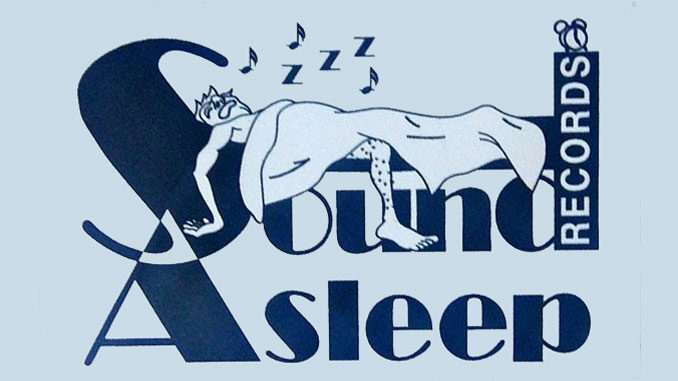
It all started for real in 1994 when Jerker Emanuelson launched the first volume in what would later develop into the Hit The Hay compilation series – known for its mixed content between cherry picked pop and rocking style country – which has had a great impact among a large circuit of passionate connoisseurs. Since then, Jerker Emanuelson’s Sound Asleep Records has branched out in several directions and now features a discography comprising 60+ titles.
PopDiggers wants to know more about the driving force behind Jerker Emanuelson’s venture and also to learn about in what context his records come into being. In this interview, we moreover take the opportunity to ask Jerker what is happening right now at Sound Asleep Records and what his current personal favorites are. Let’s hear what he has to say.
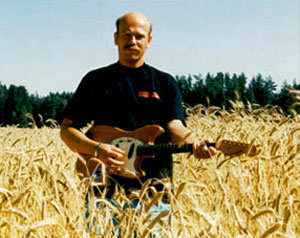
Hay Ho, Let’s Go, then!
PopDiggers: How old were you when you got hooked on music?
Jerker Emanuelson: It all really started in the early sixties when I listened to my parents’ records. Among those were three 78 rpm records with Hank Williams that they got from a sailor they knew who bought them in New York in the early fifties. I played Jambayla and Your Cheatin’ Heart constantly instead of the children’s records my mother provided me with. I’ve kept these 78s to this day as a memory. That’s how I got my fascination for music.
My older cousins played in different bands during the ‘60s and I followed them and watched their live performances. And together with my parents I saw a lot of bands, like The Hep Stars and The Shanes. I sat on my dad’s shoulders when The Kinks played in my hometown Vara in 1965, and I especially remember their red velvet outfit. Then I also listened to the Swedish Top Ten radio program every Saturday – in which the week’s most popular songs were broadcast. In this way my interest in music was founded and I am still very fond of ‘60s’ pop, but I have since kept a wide range of attention – conceptualized as “Everything between The Beatles and Hank Williams”.
For instance, when I was nine, I received The Letter with The Box Tops as a gift, which I loved right from the start. (Of course, I was then completely unaware of the fact that later in life I would be in the audience at four Alex Chilton gigs.) But the Swedish bands The Hep Stars and Tages were my favorites at the time, even if Tages seem to have aged with more dignity in retrospect. And I’ve also loved The Troggs from an early age ever since I heard Wild Thing for the first time.
PD: What happened musically during adolescence?
JE: During the seventies the influence from friends was greater than before and after. I listened to all kinds of music that flourished at the time – even Deep Purple and Queen, although I’ve never liked or bought their records. Instead, I stuck mainly to my old records, like The Hep Stars’ Cadillac and Farmer John. But it was not until the mid-seventies I started to grow a serious record collection with the help of the money I could now put away.
At that time, my penchant for sixties pop music and country became complemented by the discovery of West Coast Country Rock, particularly Eagles and Poco. Next step was to recognize pub rock, spearheaded by my interest in Graham Parkers’ two first studio albums (Howlin’ Wind and Heat Treatment, both 1976). And shortly after, when Elvis Costello and Stiff Records entered the scene, it was like an explosion. I was so impressed by Elvis Costello’s first appearance on Swedish TV that the next day I traveled to Gothenburg and bought his debut album and the first Stiff compilation. Everything was in full swing in 1976/77 after punk bands like The Sex Pistols and The Clash started to make their mark. But even though I eagerly absorbed all this new stuff, I still kept my old favorites.
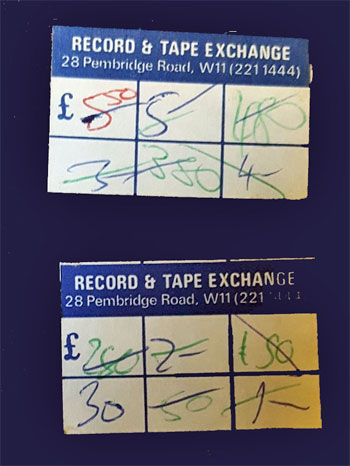
Besides all the scurrying in record stores, I started to cultivate my interest in concerts. A concert with The Eagles in Gothenburg in 1977 made a big impression on me and I thereby got a taste for live performances. After that, the gigs rolled on at a high pace; Graham Parker, Dr. Feelgood and Nick Lowe to name some of the first in the long line.
PD: A bit into the eighties you also fronted Mission Impossible.
JE: Yeah, we started in 1983. I met two of my long-time friends at the local gathering spot in Vara, and we agreed to start a band there and now. We practiced upstairs where I lived for a couple of years until I went to college for six months in Nashville, Tennessee. When I returned, they had arranged a rehearsal space and recruited another guitarist and bassist. We kept this version of Mission Impossible going for some years.
Garage rock was our foremost inspiration. Artists like Johnny Thunders, Jason and The Scorchers had high status in our book. We were rather unpretentious in the beginning and our set consisted mostly of covers, but gradually we started to play our own songs. In fact, three of them appeared on three separate cassettes issued by the Canadian fanzine What Wave before we called it quits after a number of tumultuous live gigs, some of them as opening act to the Swedish hard rockers Bad Business.
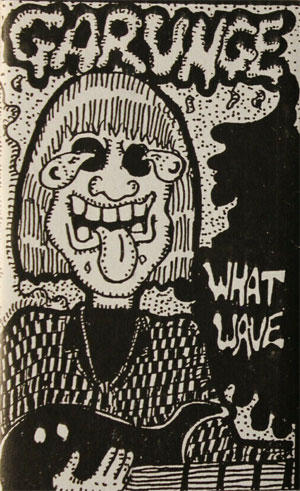
PD: How and when did the idea of launching a record company start to materialize?
JE: I got to know many people in the music business during my college period in Nashville 1985, including at the time rather unknown Bill Lloyd, with whom I still have close contact. Juggling wild initiatives while hanging out with Bill Lloyd at gigs and various studios triggered the idea that it was possible to achieve something in that direction.
This urge to release records was in the back of my mind after I returned to Sweden – it didn’t go away. Another thing that was crucial in establishing my record company was that I had for a long time put together mixed cassettes for my friends. It sounded like an attractive business model to compile your favorite songs and share them with anyone interested.
In the early nineties, the time felt ripe to take action – even though I was a rookie in the record business, which meant there was a lot of trial and error in the beginning. But with Bill Lloyd as a mentor, things developed nicely. For example, he helped me with standardized contract templates that were convenient to present when signing agreements with the participating artists.
At first my idea was to release power pop favorites from the eighties, but Bill said: “What’s wrong with new songs? You can get one from me.” (Anytime The Time Feels Right.) His engagement made things much easier in the shaky formation of the first Hit The Hay compilation, because if someone asked “Who else is on it?”, I could pull out the trump card “Bill Lloyd”. The original plan was to release a one-off record, so I did not tell anyone what was going on as I wanted it to be a surprise.
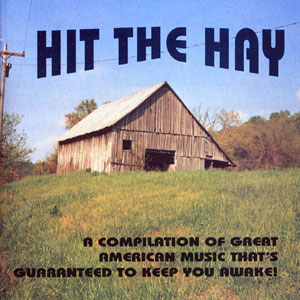
The first volume of Yellow Pills came out in 1993 and Bloodshot Records also started to release comps on CDs – a format that is suitable for this purpose. These series can be regarded as nearest neighbors to Hit The Hay. The difference is that Hit The Hay covers a wider spectrum; not only power pop as Yellow Pills, but it also moves around in the country territory, which is Bloodshot’s foremost domain. On my CDs you get 11 fantastic pop songs and 11 fantastic country rooted songs, which is hard to beat even on compilations that concentrate on one of the styles. My motto is: “A good song is a good song, regardless of genre and artist”.
Hit The Hay sold out pretty quickly, but instead of pressing another round, I got the taste for releasing records and started planning for a second volume. But before that, I released a five track CD EP with Bill Lloyd, a 7” with Jamie Hoover together with Jörgen Johansson (Tracks on Wax) and a six track CD with The Phenomenal Cats from Detroit. After that, I have kept myself busy and been constantly eager for new projects.
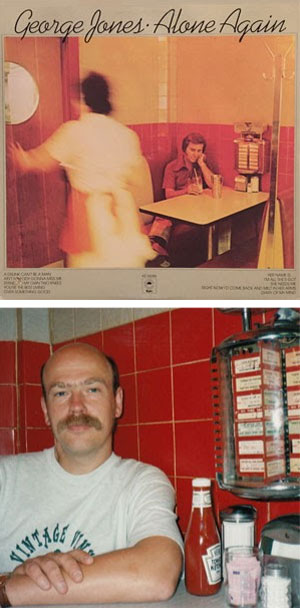
The CD format is more cost effective than vinyl, although I have toyed with the idea of compiling a 2LP with my personal Hit The Hay favorites. Souvenirs – Little Gems Of Pop Volume 3 (2020) and some singles are exceptions from the CD rule. Upcoming Hit The Hay (Volume 12) will be released on CD only. Content must be more important than format. And I will not categorically rule out future cassette releases.
PD: How are Sound Asleep Records’ other compilation series themed?
JE: Home Runs is a three volume American pop/power pop series with tracks recorded between 1975–85, while the Souvenirs series also contains obscure American pop but with a wider time span, from about 1975 to 2000. Both series were initially decided to add up to only three volumes each, but Christer Warholm, with whom I have made the series Home Runs and Souvenirs, sent me a batch of new candidates recently, so a future Souvenirs Volume 4 is not improbable.
PD: There must be quite some work behind the scenes when albums are compiled this way.
JE: It’s something of a detective work to find and contact all the artists who will be on a compilation, especially persons in defunct bands that only released one single a long time ago. We did not manage to get in touch with some of the artists on Home Runs, but almost every one of them got back to us after observing our announcement to do so on the album cover. All artists have been happy to be recognized in this way after such a long time. Nevertheless, all the songs on the Souvenirs albums have been approved by the artists in advance.
One way to perceive the cooperation between Sound Asleep Records and its artist roster is to take the artist’s perspective on the benefits of participating. The inclusion of a song can serve as an opportunity – a teaser that inspires the listeners to dig deeper and further explore what else can be found with the artists that goes down well. In this respect, these compilations resemble promotion records or advertising. Other record companies may well charge the artists to be included in a compilation.
With a reputation for being honest and a substantial network after 27 years in the business, I have managed to go from written contracts to handshake agreements. I have never had any financial arguments with any artists. On the other hand, the limited quantities we are talking about here mean that there is not much money involved and therefore not so much to argue about.
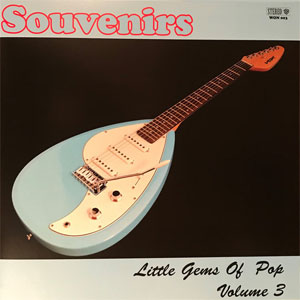
JE: Initially, I got the songs on Digital Audio Tapes and Peter Dahl at Cutting Room in Stockholm did the mastering before I was technically equipped to do my own transfers. After that, there was a period when I got loads of promo CDs, but that has ebbed out.
I also do my own scouting and approach artists that I am particularly attracted to. I have not yet been able to persuade Marshall Crenshaw, but I did manage to include Peter Holsapple (The dB’s) on Hit The Hay Volume 9.
Putting together compilations is much easier nowadays. The songs are attached as audio files in e-mails or I can download them from Bandcamp. If a CD is the end product, Thomas Nilsson does the mastering in The Mop Tops’ studio in Falköping and the latest LP is mastered by Anders Peterson in Stockholm.
Christer Warholm, who is skilled in graphic design, helps me with some of the covers. My wife did the same for the first records and some I´ve designed on my own.
PD: What is the background to the names “Sound Asleep” and “Hit The Hay”?
 JE: Jörgen Johansson (who I mentioned earlier) and I had had endless discussions about music since the late seventies. When I mentioned to him that I planned to release a compilation, he suggested to name it “Hit The Hay”. “Hit” as in “hit song” and “hay” referring to finding a needle (a good song) in a haystack, and “go to bed” as the combined meaning. Consequently, he then put forward the idea of naming the record company “Sound Asleep” Records – which also refers to sounds that have been dormant and unknown to a wider audience. I bought his coherent ideas right away.
JE: Jörgen Johansson (who I mentioned earlier) and I had had endless discussions about music since the late seventies. When I mentioned to him that I planned to release a compilation, he suggested to name it “Hit The Hay”. “Hit” as in “hit song” and “hay” referring to finding a needle (a good song) in a haystack, and “go to bed” as the combined meaning. Consequently, he then put forward the idea of naming the record company “Sound Asleep” Records – which also refers to sounds that have been dormant and unknown to a wider audience. I bought his coherent ideas right away.
PD: The cover photos show barns…
JE: Having a barn on the cover was pretty obvious because barns go hand in hand with “Hit The Hay” and forms an easily recognizable and relevant concept image for the series. Some of these photos were taken in Sweden by me while some are from the USA. Friends in Nashville traveled around and took pictures of barns nearby. And I also got some pictures from a guy in the US who has a hobby of photographing barns. Fortunately, there are people with all sorts of interests out there…
PD: Do you have a particularly memorable moment from your time in the business?
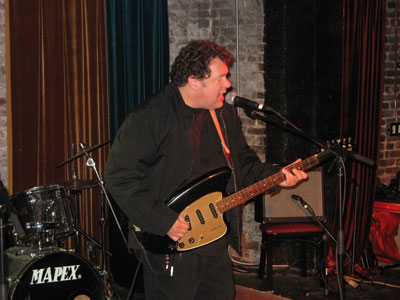
PD: You mentioned that a twelfth volume of Hit The Hay is underway, but do you have more in the pipeline?
JE: Well, right now I’m also working on one or two things with Bob Woodruff, who was a rising country star in the nineties and put out two albums on major labels before he vanished into thin air.
The story behind it is that since the eighties I have known José Ruiz, a music journalist who I had reason to contact because he was president of The Real Kids’ fan club in France. He has a large personal network in Nashville and elsewhere. When I brought up Bob Woodruff, José mentioned that Bob Woodruff had given him his third album in 1999 on a cassette, which José sent to me on a CD. Nine songs that were absolutely excellent!
I immediately felt the urge to release this material because it was only known to a few people so I contacted Bob Woodruff’s lawyer around 2010. I learned from him that Bob Woodruff had been away from the music scene for a long time due to drug abuse but also that he recently got his things back together and was ready to start a second career attempt.
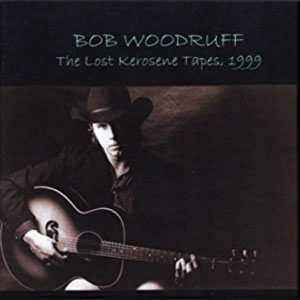 When I finally got in touch with Bob Woodruff, he was all fired up with the idea to release his third album. The problem was that I only had the CD I got from José and that the original master tapes were missing. But Bob Woodruff had a cassette of an earlier generation which we used after it had been cleaned up by the help of an audio engineer. The album was released in 2011 as The Lost Kerosene Tapes, 1999 with two bonus tracks by his first band, The Fields. It felt good that this album initiated a well-deserved resurrection of his career.
When I finally got in touch with Bob Woodruff, he was all fired up with the idea to release his third album. The problem was that I only had the CD I got from José and that the original master tapes were missing. But Bob Woodruff had a cassette of an earlier generation which we used after it had been cleaned up by the help of an audio engineer. The album was released in 2011 as The Lost Kerosene Tapes, 1999 with two bonus tracks by his first band, The Fields. It felt good that this album initiated a well-deserved resurrection of his career.
In recent years, the idea of re-releasing The Lost Kerosene Tapes on vinyl has popped up. Luckily for us, it turned out that Ray Kennedy, who did the recording in the first place, was in possession of the original DAT (but he did not have any DAT player that worked). We managed to borrow a working DAT player via our network, which meant that the transfer was just recently done. And then we found an additional song with The Fields that will also be included.
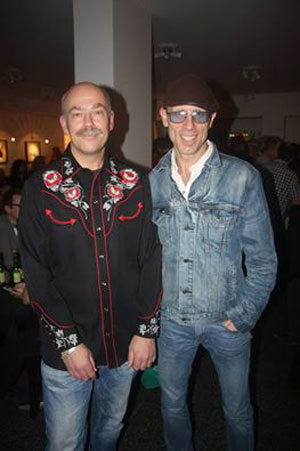
In addition to all the stuff with Bob Woodruff, I have a new role as project coordinator in a collaboration with L-P Andersson who has recently started a power pop record company – One Way Ticket Records. We are planning to re-release obscure power-pop singles and EPs and maybe also some previously unreleased albums. My task is to handle the contacts with the artists, which I am very comfortable with after such long experience. First out is The Spliffs’ debut 7”.
PD: All this sounds very promising for the near future.
According to tradition, the interviewee is asked at the end of the interview which songs he or she is listening to right now. Here is Jerker’s selection:
Reigning Sound – A Little More Time (7”, 2021)
The Autumn Leaves – You Didn´t Say A Word (7”, 1995)
David Ritschard – Sverigerocken (2021)
NRBQ – Let Me Tell You ´Bout My Girl (album track from In • Frequencies, 2020)
Easy Money – Standing In Your Shadow (7”, 1980)
Dropkick – Feeling Never Goes Away (album track from The Scenic Route, 2020)
Young Fresh Fellows – Never Had It Bad (album track from Toxic Youth, 2020)
Hjelle – Det Kan Jag Gott Tro (album track from Det Måste Inte Vara Så Här, 2020)
Rodger Wilhoit – The Smell Of Strange Perfume (7”, 1972; remastered version from the compilation The Social World Of Rodger Wilhoit, 2021)
Bill Lloyd – Go-To-Girl (album track from Working The Long Game, 2018)
Terry Allen & The Panhandle Mystery Band – Death Of The Last Stripper (album track from Just Like Moby Dick, 2020)
PopDiggers thanks Jerker for taking the time to talk and check a draft of the text and wishes him the best of luck with his future dissemination of good vibes.
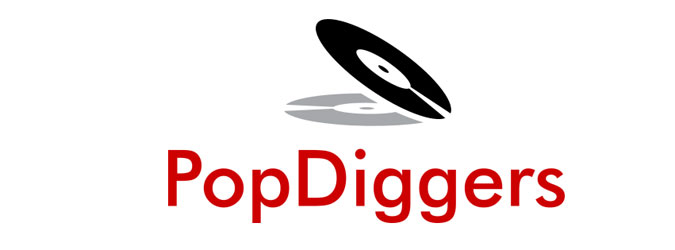
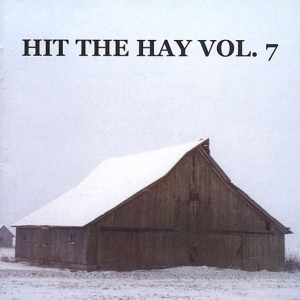
Be the first to comment